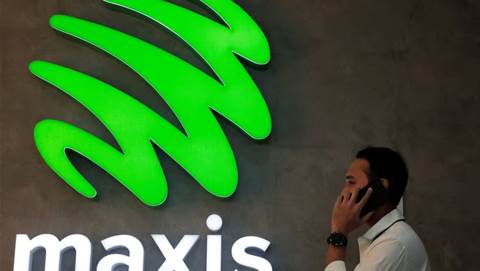Japan’s communications ministry has announced that the country will launch a new system, as soon as later this year, that will allow airwaves for live television broadcasts to be used for 5G mobile communications.
Frequency bands will be made available to mobile phone carriers in a bid to prepare wider 5G adoption.
Reusing the spectrum is possible as airwaves for live broadcasts of sports matches, disasters and other events are not used on a regular basis.
A revision to the radio law in April 2020 allowed the airwaves to be expanded to other purposes other than live television broadcasts.
Straddling between TV and 5G
Mobile phone carriers can use the airwaves during hours where there are no live broadcasts.
While major mobile carriers are expected to submit applications, the Japan communications ministry is likely to accept those from only one or two providers.
In Japan, full-fledged 5G services were started in March last year. At the end of March 2021, the number of subscriptions to 5G services has since reached 14.19 million.
While the number is smaller than the 154.37 million subscriptions to 4G, 5G networks are expected pick up to pace over the next 18 months.
Lower frequencies – from around 650MHz at the lowest up to around 1GHz and usually owned by the military and TV stations – are much sought after by telcos wanting to launch 5G.
While not the fastest compared to middle sub-6GHz frequencies or millimetre wave, signals in this range propagate over relatively long distances, meaning that they are easy to deploy and can cover a huge area with just a single access point.
In the US, the government has to date only made available spare TV frequencies for wireless and mobile internet use but not 5G. Usage is only allowed when TV broadcasters do not require them.









